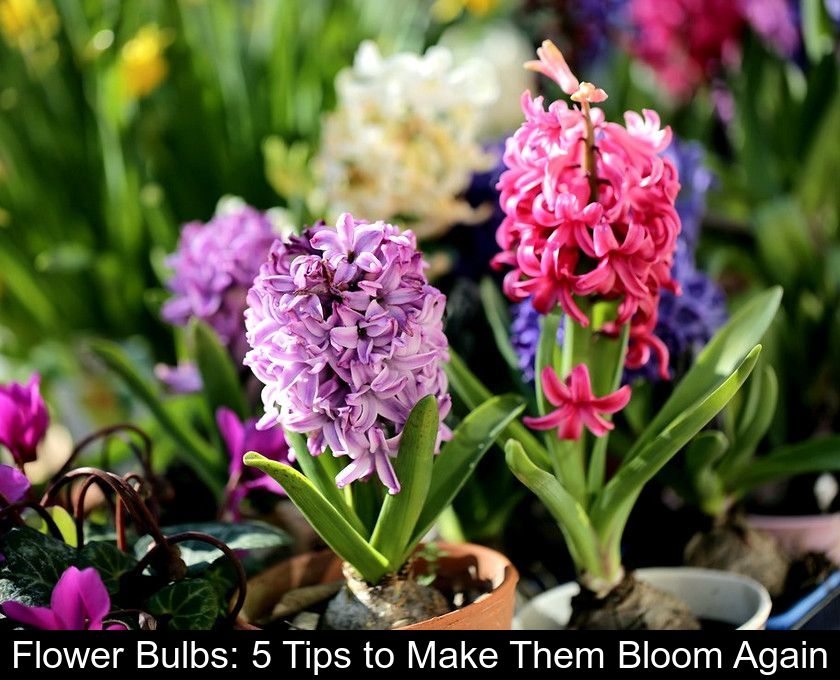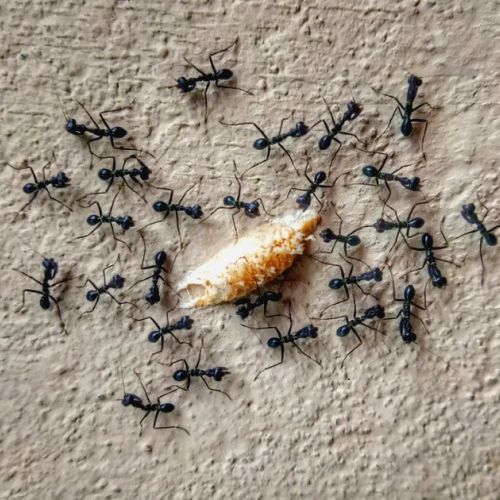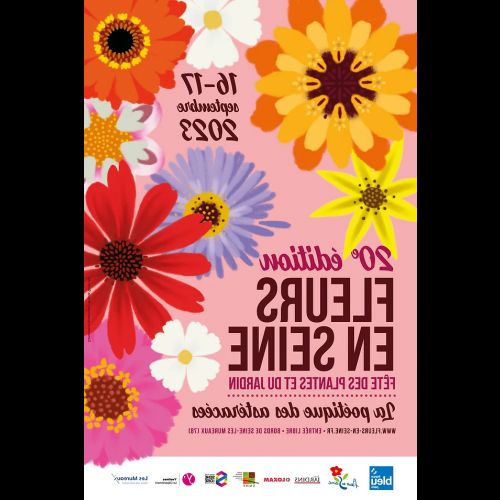Flower Bulbs: 5 Tips To Make Them Bloom Again
In garden centers, flower bulbs such as hyacinths, daffodils, and amaryllis are essential at the end of winter. If you want to enjoy their colorful bloom for a long time, you must take good care of them. We will give you 5 tips to prolong their blooming period and make them bloom again.
Choose plants that are in bud.
As soon as winter ends, flower bulbs are everywhere in garden centers. With such an abundant selection, it's not always easy to make the right choice. The first tip to enjoy a long flowering period from these bulbs is to choose plants that are still in bud.
Conversely, opt for specimens that have already bloomed if you want to create a spring floral arrangement. You just need to repot them immediately after purchase into a bowl or planter.
Note: for an even more aesthetic result, consider covering the soil with fine gravel or natural moss to retain the substrate's moisture.
Install the plants in full light.
On average, the blooming period of flowering bulbs lasts between two and three weeks, provided that the plant is placed in a well-lit room. These bulbs require good light for their flowers to be brightly colored. Therefore, the second tip to extend their bloom is to place them in full light.
However, it is important to keep them away from heat sources like a radiator to prevent dehydration. The ideal temperature for this type of flowering plant is around 18°C (64°F).
During the blooming period, the bulbs should be watered once or twice a week to keep the soil moist. But be careful not to let water sit in the saucer as this can cause the bulbs to rot!
3- Deadhead spent flowers regularly.
Another of the 5 tips for extending the bloom of flowering bulbs is to systematically deadhead the spent flowers. When your hyacinth or daffodil begins to wilt, remove each spent flower, then cut the stalk when it is completely devoid of blooms.
This practice helps prevent the plant from exhausting itself producing seeds and encourages the growth of a second or even a third flower stalk.
To make a flowering bulb bloom again, follow these steps:
• cut off the spent stalk
• water generously
• place the plant in full light in a cool room.
Within two weeks, other stalks nestled at the base of the foliage should grow and offer you another bloom.
Maintain the plant after flowering.
If you want to make flower bulbs rebloom year after year, you must care for the plant after it has bloomed. This is the period during which bulb plants replenish their reserves through their foliage.
Another tip for preparing for the next bloom is to continue watering these plants, even when they no longer have flowers. Don't neglect them in a corner just because they have lost their blooms: you would cause them to die of thirst!
Since foliage is essential for replenishing the plant's reserves, wait until all the leaves have withered before cutting them. You can then store the bulbs until the following spring.
Note: Unlike hyacinths and daffodils, which quickly go dormant, an amaryllis continues to develop its foliage for 4 to 6 months after blooming. Therefore, it is recommended to water it and provide liquid fertilizer every 15 days. In the summer, its foliage will turn yellow. This is the sign to stop watering completely and forget about the bulb for at least 3 months.
Divide the bulbs in the fall.
Bulb division is another trick to make flower bulbs last and enjoy them to the fullest. All bulb plants tend to produce offsets.
If you notice these "baby bulbs" around the mother bulb of a daffodil, narcissus, or hyacinth, wait until autumn to separate them and replant them in a pot or in the ground.
However, you will need to be patient and wait an average of 2 years to see them bloom in spring... If you dream of a carpet of flowers in your garden, note that the most prolific bulb plants are crocuses and grape hyacinths, which can be left in place all year round.






